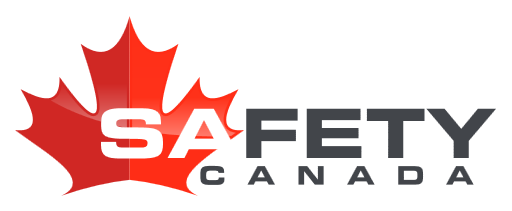Course Overview
This course is designed to introduce learners to the controls and instruments found in commercial motor vehicles (CMVs).
It is important that learners understand the function of all controls and instruments of any vehicle they operate. CMVs are nothing like personal vehicles. CMVs have numerous systems, controls, and instruments that are usually not in a personal vehicle.
This unit must introduce driver-trainees to vehicle instruments, controls, and safety components. The training providers must teach driver-trainees to read gauges and instruments correctly and the proper use of vehicle safety components, including safety belts and mirrors.
The training providers must teach driver-trainees to identify, locate, and explain the function of each of the primary and secondary controls including those required for steering, accelerating, shifting, braking systems (e.g., ABS, hydraulic, air), as applicable, and parking.
By the end of this course you will be able to:
- Explain the purpose of a CMV's engine controls
- Locate a CMV's primary controls and discuss the function of each
- Describe the purpose of a vehicle's secondary controls and identify their locations
- Recognize all vehicle instruments and explain the acceptable operating range for each
- Identify warning devices commonly found on a CMV


